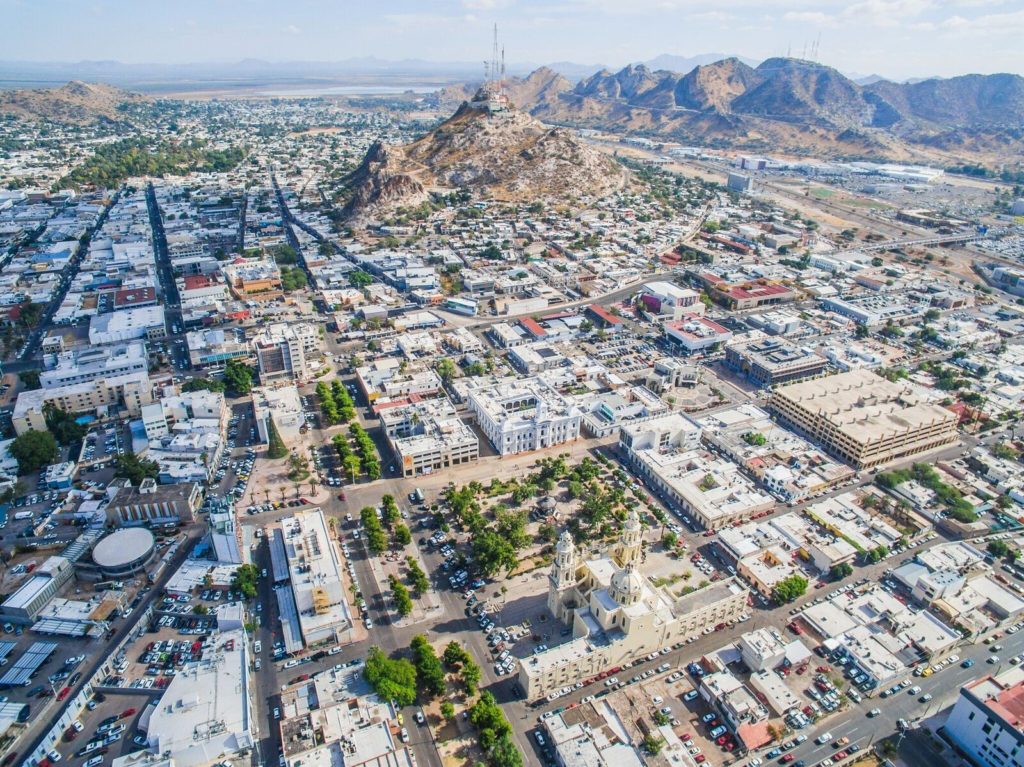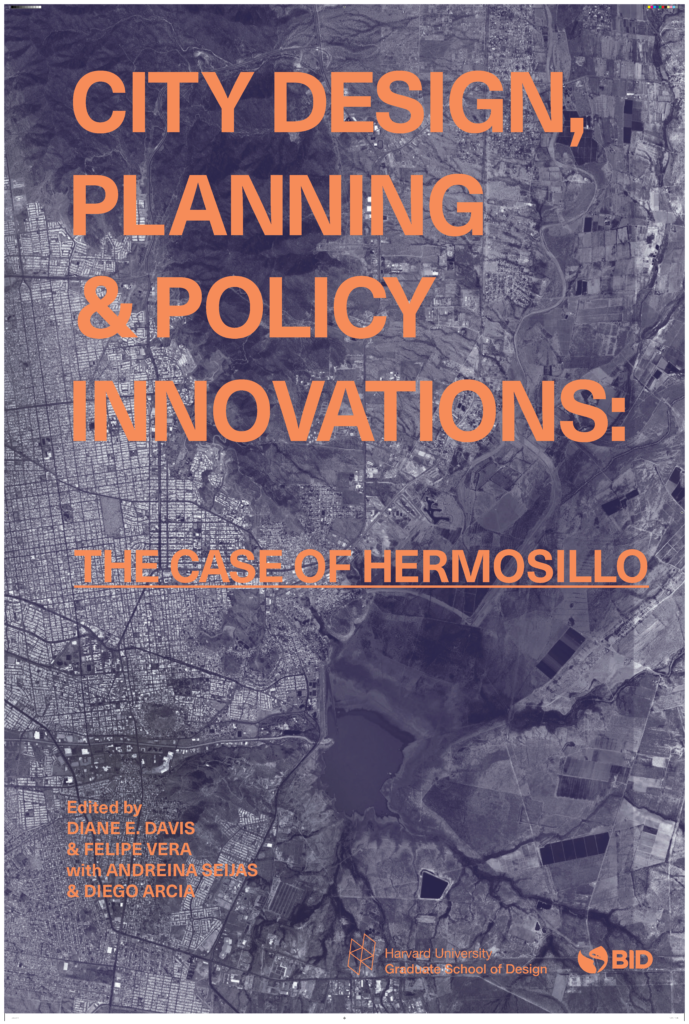
Hermosillo: New Innovation Models in Emerging Cities
“City Design, Planning and Policy Innovations: The Case of Hermosillo” is an upcoming book by the IDB and Harvard that, thanks to the support of more than 40 experts, presents a relevant collection of public policy recommendations, programs and projects with the potential of transforming the future of this emerging city.
Available for download free of cost at :
In an increasingly urbanized world, cities have become platforms for innovation and change, particularly in developing countries. In Latin America and the Caribbean, emerging cities have taken center stage. While megacities face great challenges to distribute goods and services to large populations, intermediate cities provide a more sustainable alternative. Planning for their growth is one of the goals of the Emerging and Sustainable Cities (ESC) program at the Inter-American Development Bank (IDB), which has supported more than 80 intermediate urban areas throughout the region.
Hermosillo is the capital of the border state of Sonora. Located 280 km south of the U.S. border, Hermosillo has historically been influenced by bigger cities located in its northern neighbor, especially by Phoenix and Tucson. With 850,000 inhabitants, Hermosillo is not only the capital, but also the largest city—in demographic terms—of the state. It limits to the West with the Gulf of California and to the South with the Guaymas municipality, one of Mexico’s main ports in the Pacific Ocean.
Aerial view of Hermosillo and the Cerro de la Campana (Bell Hill), a prominent feature of the city’s landscape. Photo: IDB.
Hermosillo is a dynamic, innovative and productive city. Thanks to the work of its people and the strategic vision of its governors, the city has been able to position itself among the most prosperous cities in Mexico. The capital of Sonora is proud of its history, its culture and its entrepreneurial drive, which are present in its long agricultural tradition and its modern industrial sector. The city has repeatedly demonstrated a great capacity to leverage the competitive advantages of its territory and its strategic location as a connector between Mexico and the U.S. to promote its economic development and its wellbeing. In 2016, it was the seventh most competitive city in Mexico according to the Mexican Competitiveness Institute.
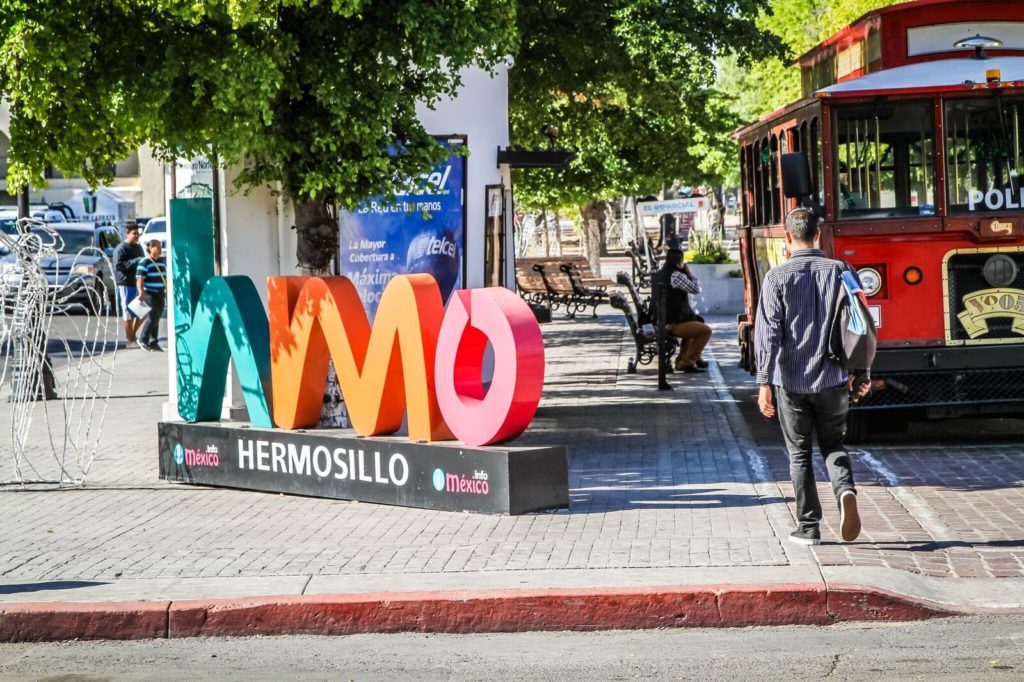
After more than three decades of unprecedented economic growth, Hermosillo was within the 5% of the most prosperous municipalities in Mexico (Center for International Development, 2017). Today, the city’s income per capita is almost five times higher than the poorest municipalities in the nation, and comparable to the GDP per capita of members of the OECD such as the Czech Republic, Estonia and Greece. Hermosillo’s great economic dynamism has led to great improvements in the quality of life of its people and of Sonorenses in general.
Despite all these virtues, Hermosillo is facing a series of challenges that are common to many other intermediate cities in the region: the rapid expansion of its urban footprint, a great dependency on private vehicles, decreasing access to water, and a declining historic center. Additionally, encouraged by the establishment of a Ford assembly plant in the 1980s, Hermosillo left behind its agriculture legacy and focused in manufacture. As a result, its economy is now losing its dynamism, signaling that it is time to diversify its sources of knowledge and production.
In order to promote its assets—both cultural and natural—and to change the city’s development model, in 2017 began a collaboration project between the IDB, the North American Development Bank (NADBank) and Harvard University to rethink the future of this Mexican city. This collaboration consisted in a series of studies and academic activities that made Hermosillo a pilot for multi-sectoral experimentation, in fields ranging from urban planning, local economic development, urban ecology and public policy.
Based on the ESC Program’s methodology, this collaboration began with a series of baseline studies—urban growth, climate change, risk and vulnerability—and by gathering data on fiscal, environmental and urban indicators to provide a complete diagnosis of the city’s situation. Based on this data, a group of Latin American students from the Harvard Graduate School of Design (GSD) developed Rethinking Hermosillo, a report that gathers information on the city’s growth patterns and visualizes long-term opportunities to reconfigure its development model. In parallel, a group of experts from the Kennedy School’s Center for International Development (CID) also looked at Hermosillo as a pilot to test two of its methodologies at a local level—the Growth Diagnosis and the Economic Complexity Analysis—and determine the reasons why this city’s economy has stopped growing.
Following these efforts, between September and December 2017 professors Diane E. Davis (GSD) and Felipe Vera (IDB) taught Planning and Design Visions for Hermosillo—a project-based class where 12 students had the opportunity to explore Hermosillo for a week and hold meetings with the Mayor and key stakeholders to gain a deep understanding of its main challenges and opportunities.

Photo: Andreina Seijas.
Upon their return to Boston, students worked in three proposals to transform the city. Each proposal was focused on a different site and had a different impact on the city’s natural and built environment. Along with the studies and multi-sectoral analysis carried out by Harvard experts and IDB specialists, these proposals paved the way for a comprehensive Action Plan for the city titled “Hermosillo at a Human Scale.”
Closing the Gap between Research and Practice
After months of study and analysis, we are now happy to announce the product of this collaboration between Harvard and the IDB: “City Design, Planning and Policy Innovations: The Case of Hermosillo” an upcoming publication that summarizes the lessons learned throughout this process. Thanks to the support of more than 40 experts, the book presents a relevant collection of public policy recommendations, programs and projects with the potential of transforming the future of this emerging city.
On December 4, 2018, a group of these experts led by Diane E. Davis and Felipe Vera presented the publication to Célida López, the current mayor of Hermosillo, and other local and federal authorities in an event and panel discussion that took place in Mexico City. The goal of the event was to discuss ways to strengthen collaboration between governments, development agencies and the academia, and gathered representatives from Harvard University, the IDB, GIZ, local universities like UNAM and renowned Mexican architects and practitioners.
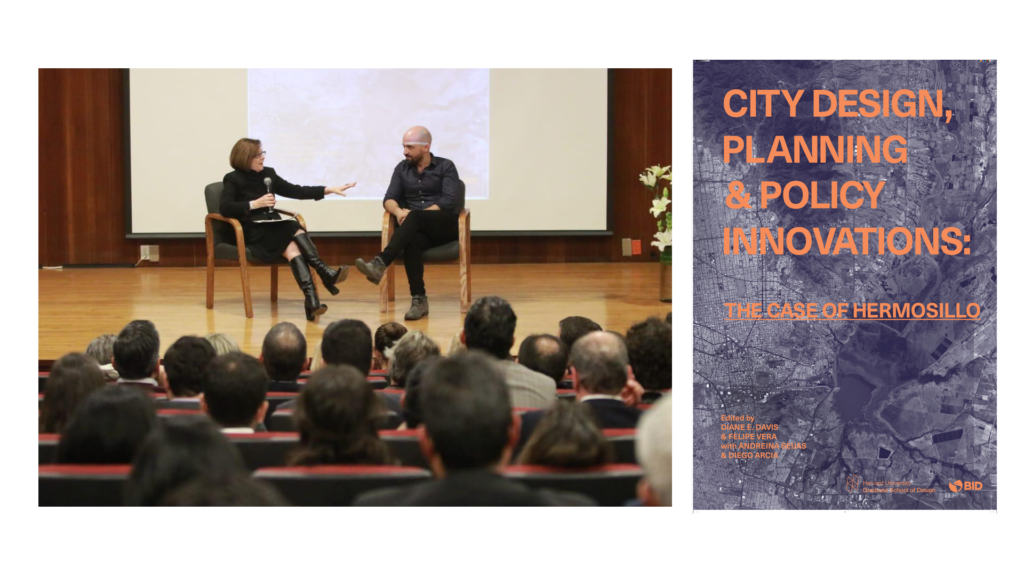
The publication will soon be available for download at the IDB’s online catalogue. We hope it will pave the way for more innovation in the way we design and implement solutions that allow us to close the gap between theory and practice in Mexico’s and the region’s emerging cities.
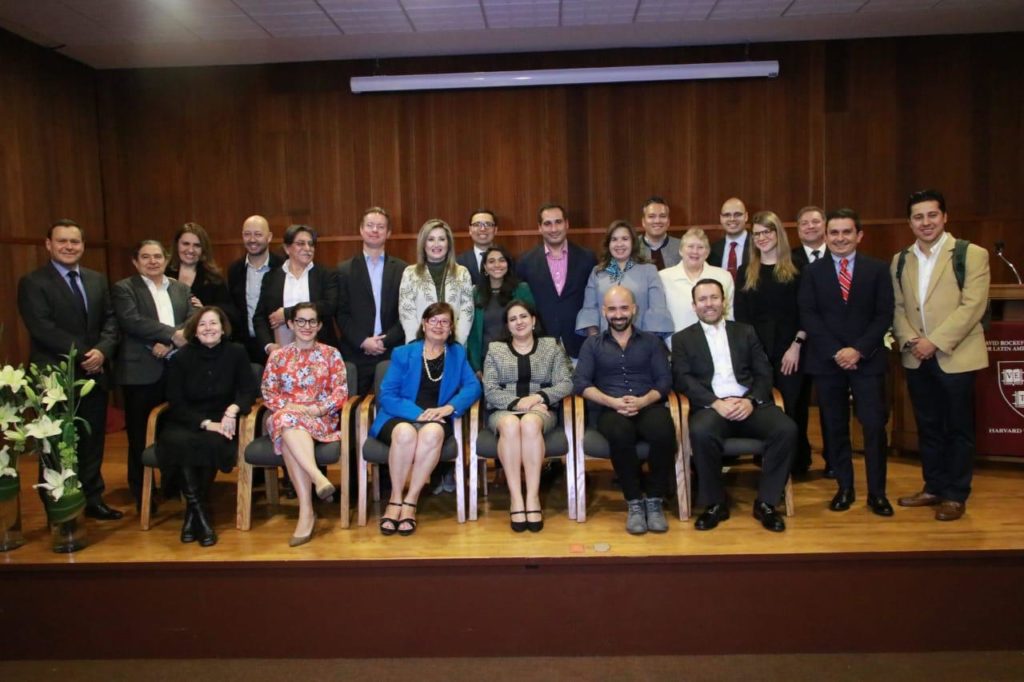
Mayor of Hermosillo Célida López, Diane E. Davis, Felipe Vera, IDB representatives, speakers and panelists during the presentation of the publication in Mexico City. Photo: IDB
